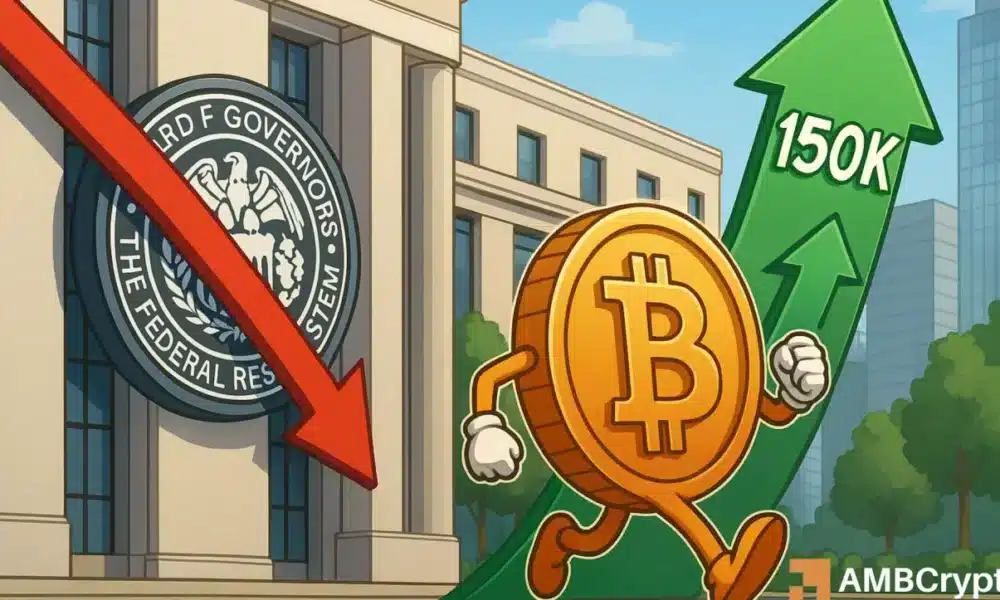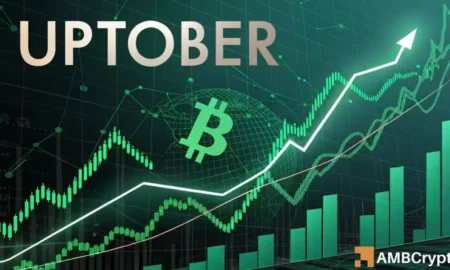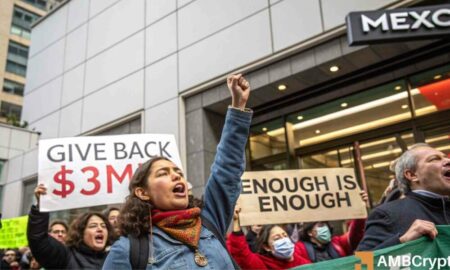The U.S. Federal Reserve Enters an Easing Phase: Key Insights and Market Reactions
The U.S. Federal Reserve has officially transitioned into an easing phase, marking a significant policy shift as it lowered interest rates by 25 basis points on October 29. This adjustment sets the new federal funds target range at 3.75%–4.00%, the first rate cut since 2023. The decision, which was broadly anticipated by markets, reflects a recalibration of the Fed’s priorities, balancing the ongoing inflation pressures with softening labor market conditions and looming economic growth risks.
Why Did the Federal Reserve Make This Shift?
Policymakers at the Fed have indicated an easing approach amid signs of cooling inflation, decreased labor market strength, and escalating downside risks to economic momentum. Although inflation remains above the Fed’s 2% target, recent data suggests a moderation in price pressures. This has prompted the central bank to pivot towards supporting the economy, prioritizing growth over restraint, as they weigh the implications of a turbulent economic landscape. By lowering interest rates, the Fed aims to provide a buffer against potential economic slowdown and bolster consumer confidence in a less aggressive interest rate environment.
Nomura’s Response to the Fed’s Rate Cut
Following the Fed’s rate reduction, Nomura has revised its expectations regarding future monetary policy actions. Instead of anticipating a further cut, the firm now projects that the Fed will keep interest rates unchanged during its December meeting. The reasoning behind this modification reflects a cautious outlook on potential economic indicators, suggesting that while the economic data may trend towards a dovish stance, it isn’t significant enough to trigger widespread concerns about a deteriorating labor market. This shift underscores a critical change in sentiment within financial institutions regarding the Fed’s policy trajectory.
Insights from Economic Experts
Fed Chair Jerome Powell has reinforced the idea that any additional easing this year is not a certainty, highlighting internal divisions among policymakers and gaps in economic data that might slow further cuts. The emphasis on avoiding policy missteps illustrates the Fed’s careful navigation through uncertain conditions. Matt Mena, Crypto Research Strategist at 21Shares, provided additional insights, suggesting that despite a backdrop of aggressive deleveraging, Bitcoin exhibits resilience. This could potentially set the stage for significant price movements, influenced by macroeconomic conditions and structural demand fueled by institutional flows.
Market Trends and Bitcoin’s Resilience
In the wake of the Fed’s announcement, the cryptocurrency market has shown remarkable endurance, particularly Bitcoin (BTC). Despite the volatility typical of crypto markets, Bitcoin has managed to maintain stability, bolstered by strong structural demand. U.S.-listed Bitcoin ETFs have seen over $6 billion in inflows in November alone, pushing the global crypto ETF Assets Under Management (AUM) towards $300 billion. The changing regulatory landscape, including potential policy shifts to expand retirement account access for cryptocurrencies, could also contribute to a more solid future for Bitcoin and the overall digital asset market.
Current Sentiment in the Cryptocurrency Market
While improving fundamentals suggest potential growth for Bitcoin and other digital assets, market sentiment remains cautious. The Crypto Fear and Greed Index’s recent reading of 32 reveals a notable level of apprehension among investors, indicating that bullish momentum may take time to develop. Despite structural support and a favorable macroeconomic environment, optimism in the market will likely require broader adoption and increased confidence among retail investors before significant upward movements materialize.
Conclusion: The Path Ahead for the Federal Reserve and Crypto Markets
The Fed’s recent policy shift enters a complex economic landscape marked by inflationary pressures, labor market dynamics, and growth risks. As the central bank adjusts its strategies to provide economic support, institutions like Nomura are revising their outlooks to reflect these changes. In the cryptocurrency sector, Bitcoin’s resilience offers hope for bullish trends backed by structural demand, even as market sentiment remains tepid. Investors and analysts alike will be closely monitoring the evolving conditions, both in traditional markets and the burgeoning digital asset landscape, to gauge the implications of the Fed’s easing strategies on future growth and stability.
















